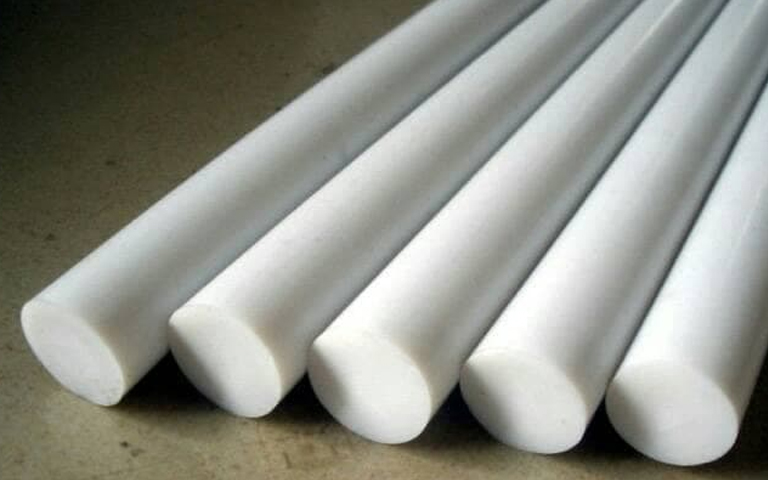PTFE And Teflon: The Ultimate Comparison
Teflon is a fairly common name that many people must have heard, but polytetrafluoroethylene is something many people might not be familiar with. Compounds are somewhat related but still have different properties that need to be taken seriously.
The commercial and industrial applications of both of these compounds are somewhat different. In this article, we will try to understand the differences between the two compounds and their physical and chemical properties. We will also try to determine which one is the better option.
What Is PTFE?
PTFE stands for polytetrafluoroethylene. This polymer is made of carbon and chlorine, which have really strong bonds making it chemically inert and non-reactive. Its non-corrosive and non-abrasive properties make it an excellent lubricant and perfect for making fields in chemical industries.
Properties Of PTFE
- PTFE is characterized by its high melting point and low freezing point, which makes it perfect for high temperatures and cryogenic applications. The seal made of this polymer can withstand absolute zero temperature to 600 degrees Fahrenheit.
- The polymer is hydrophobic, which makes the seal and other ptfe parts waterproof. It is perfect for making cookware and lubricants that are not impacted by wet weather.
- The polymer does not react with chemicals like hydrochloric acid in sulphuric acid. Its inert nature makes it the perfect compound for many manufacturing processes involving reactive chemicals.
It is used in series and gaskets which will not go brittle at sub-zero temperature and will help control the flow of highly reactive media in the chemical industry. The seals are also perfect for commercial use in a bank safe deposit box.
- The fluoropolymer and its micro powder are also used as an effective lubricant to enhance the mobility of different products like bicycles and strollers for newborns. Reducing friction helps increase efficiency.
- In chemical industries and manufacturing facilities, containers and pipes of this compound can be made. They are non-reactive, just like glass containers.
What Is Teflon?
Teflon was discovered in 1938 and was trademarked by a company called Chemours. In 1945 this company began selling Teflon products whose main properties were non-adhesion and heat resistance. Dr. Roy Plunkett came across the discovery of Teflon by accident while trying to make a refrigerant.
During the development process, he will nest Tetrafluoroethylene gas escaping the container without making the weight of the container negligible. The container was found with a vaccine material that had strong physical properties, and thus, Teflon was discovered. So Teflon is a synthetic polymer whose chemical name is polytetrafluoroethylene.
Teflon is just the name Chemours decided to market PTFE as. So, Teflon is just the brand name, while both the compounds’ chemical and physical properties remain the same. The primary use of Teflon, which is seen to be very common, is on cookware and non-stick pots and pans.
The non-stick coating might be somewhat harmful to health, but it is used extensively in cookware and bakeware to make the cleaning process more convenient. The rest of the properties of Teflon resemble those mentioned above, so we will not repeat them.
Which Is Better?
We hope that it is clear that both PTFE and Teflon are the same fluoropolymer by now. The only difference is how they have marketed and the trademark name of the compound by a company. Neither of them is better than the other because both are the same with the exact same properties and applications across commercial and industrial uses.
Teflon is better heard because of better marketing and reach on a global level. Polytetrafluoroethylene is not something people would want to speak about in regular conversations because it is a mouthful. The chemical composition of both is a carbon chain with each carbon atom attached to two other fluorine atoms.
The tight bond of carbon and flooring makes it non-reactive to chemicals and other elements in the environment. So, answering the question of which one of these two is better will be redundant. There is no difference between the two apart from their apparent names.
The Takeaway
We hope that this article helped you in understanding the properties of PTFE and Teflon. The brand trademark of Teflon gave it another identity, so it is easy to confuse the two and consider them different from each other. Both of these compounds are extensively used in manufacturing facilities and industrial applications.
The most common application is sealing and lubricating. The micro powder of this compound is also used as a major additive in rubbers in plastic to make it non-corrosive to the environment and water; and non-abrasive to friction.












